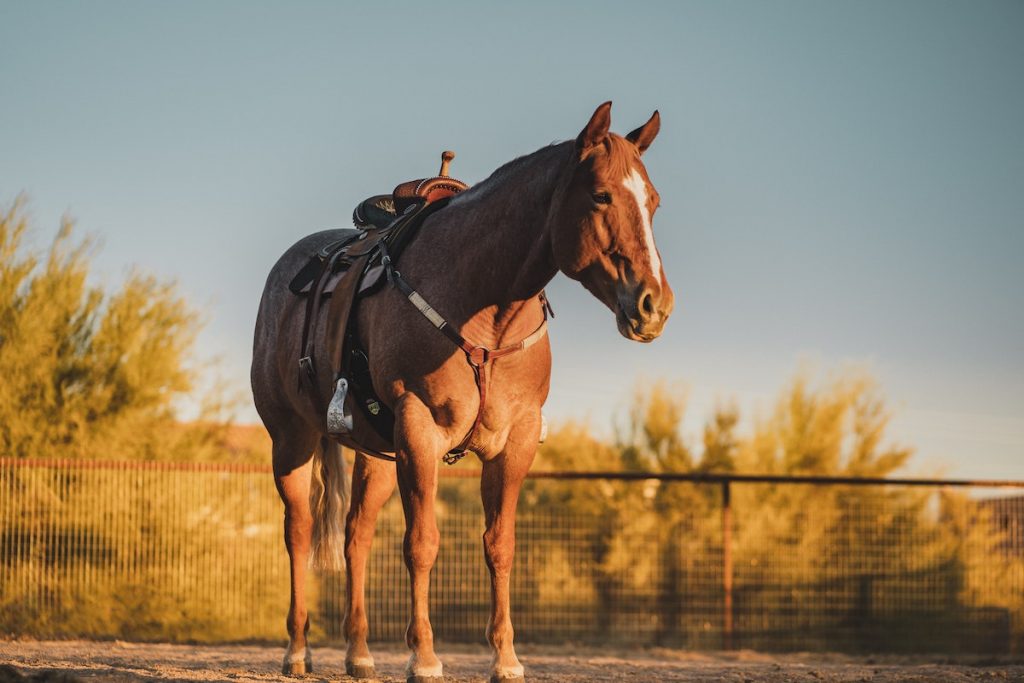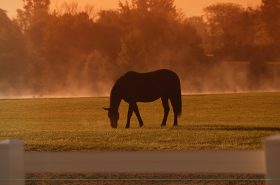It’s important to know when your horse has reached their full maturity.
You may be wondering if your horse has reached their full size. This question is frequently asked by horse owners. It can be helpful to know for suitability purposes. Some riders need a tall, broad horse and others want to show in the pony division. Ultimately, your horse’s height and build can affect your future together- will they be too small, too tall, or just right!
Your horse’s development can also influence their training. Horse trainers need to be careful when starting a youngster. They need to ensure the horse has developed and can handle a training schedule. Some riders will even wait to start their horse until they’re fully grown.

Check out these fun facts!
- Most horses will reach 75% of their height before the age of one.
- By 18-24 months, they will reach 90% of their mature height.
- Beyond 2 years old, the horse’s growth slows down substantially.
It is said that most horse breeds reach their final height at four to five years old. They spend an additional two to three years filling out. Some breeds take a bit longer to reach maturity. Most consider a five-year-old horse an adult, but the only true way to see if they’re done growing is through X-rays.
Horses have growth plates made of cartilage. After the bones have finished growing, the growth plates fuse and become bone. This makes them stronger and more durable. Depending on the bone, some parts don’t reach maturity until upwards of six or seven years old. Horse trainers commonly wait for the knees to be fused before riding. This takes place at two years old. On the other hand, the horse’s back takes even longer at almost six years old before maturity. That’s why rigorous training should be avoided before five or six years old.
Certain breeds of warmblood and draft types can take even longer to mature than lighter breeds. A draft horse may still be growing even at eight years old. Quarter Horses and Thoroughbreds tend to become fully grown at five to six years old. It can be helpful to do some research on your specific breed for more information.
It’s a good idea to keep track of your horse’s height and weight increases. There are bendable tape measures that help you with both. This will give you an accurate picture of your horse’s growth over a period of time. After a few months, you may notice your horse’s height stops increasing. At this point, they may have reached maturity. It’s likely that they will just continue to get wider rather than taller. It can be helpful to compare them to their breed standards though.

Horses that are started too aggressively under saddle may suffer damage to the legs and growth plates, though this is usually rare. Later in life, these horses are at an increased risk for needing joint injections. Their backs could also suffer damage. It’s best to stick to light work until your horse has reached full maturity.
Another factor to consider in your horse’s growth is their emotional maturity. While horses have unique personalities and demeanors, most reach a mature level at five to seven years old. This is especially important when planning your training sessions. Young, immature horses may struggle to focus. They may also be playful and have an abundance of energy.
It can be fun watching your horse grow and develop both physically and mentally. Take time to enjoy these moments and not rush your horse. There will be plenty of time to train and ride!



